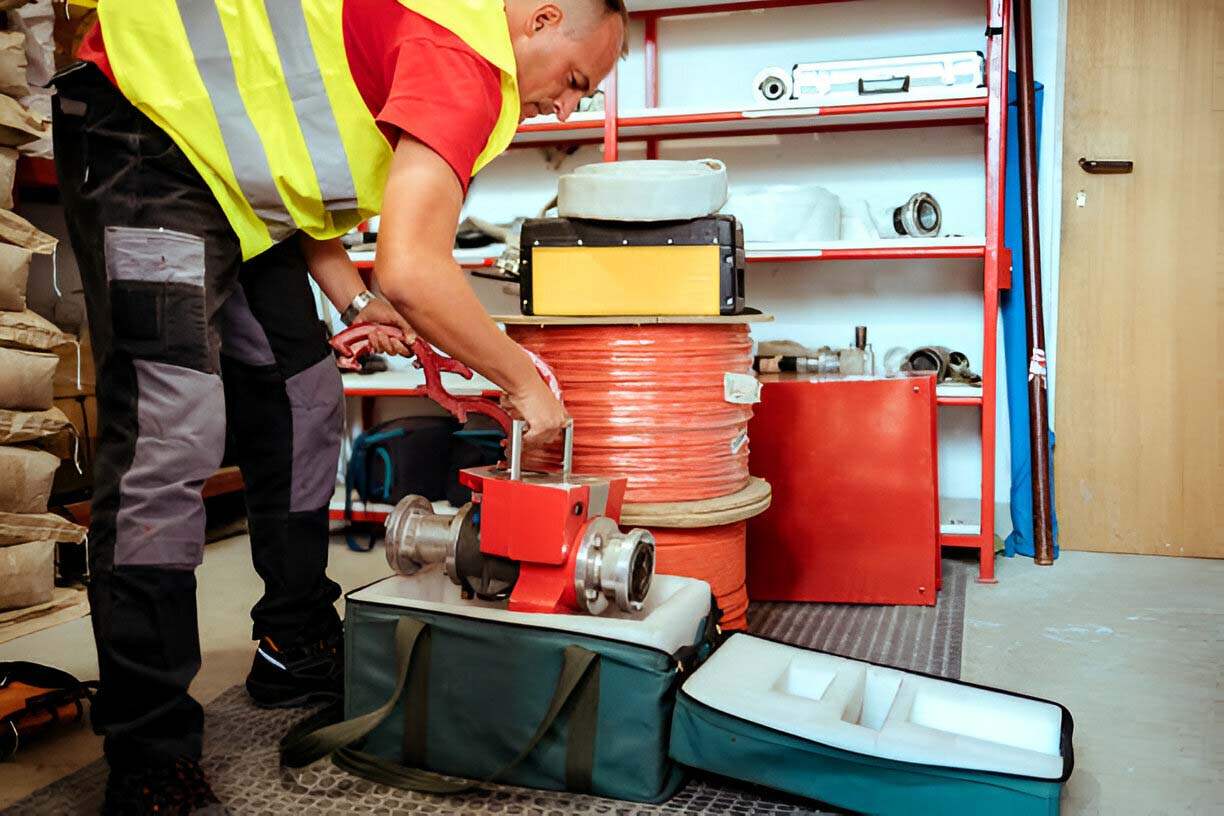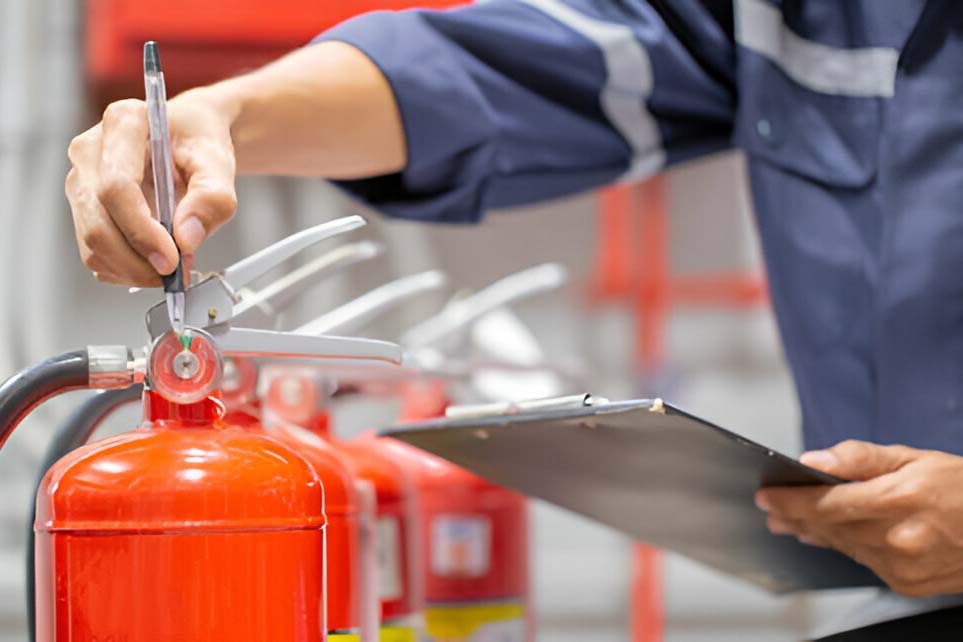Fire safety certification is vital. It’s part of risk management for any building, organization, or fire protection system. In a fire, the value of adequate safety measures cannot be overstated. The certification process verifies that your facility meets the stringent safety standards that protect life and property.
Read on to learn how to get a fire safety certification.

Preparing Your Facility for Inspection
Before applying for a fire safety certification, you must ensure that your business premises follows all needed fire safety rules. This includes having functional smoke detectors, emergency exits, and easily accessible fire extinguishers. Regular maintenance checks should be carried out to ensure that all equipment is in proper working condition.
Fire safety inspections evaluate your facility’s layout. They review emergency response procedures and potential fire hazards. Identifying any areas that may need improvement before the inspection is essential to increase your chances of passing.
Hiring a Professional Inspector
The next step is to hire a certified professional inspector. They must be certified by the National Fire Protection Association (NFPA).
These inspectors are trained and skilled. They can evaluate your facility’s fire safety. They will provide suggestions for improvement.
You can also opt for fire watch guards service in Jacksonville, FL. They monitor around the clock. They ensure all fire safety rules are followed to prevent hazards.
Understanding Fire Safety Standards
Having a solid grasp of the fire safety standards set forth by regulatory bodies such as the NFPA and local fire codes is essential. Knowing these standards can help you get ready for the inspection. It can also help you prepare for any potential emergencies.
Key areas to focus on include fire detection and alarm systems. Also, emergency response plans, evacuation procedures, and fire sprinkler systems. It’s also essential to understand any specific requirements for your industry or type of facility.
Addressing Any Areas of Concern
During the inspection, the inspector will find areas not meeting fire safety standards. You must address these concerns quickly.
You need to make the required improvements. They will ensure your facility complies.
Some common areas of concern may include blocked exits, lack of proper signage, or inadequate fire suppression systems. Fixing these issues will boost your chance of passing the inspection.
Maintaining Your Fire Safety Certification
Once you have passed the inspection and obtained your fire safety certification, you must keep it up. Do this by regularly reviewing and updating your emergency response procedures. It’s also vital to do regular checks on fire safety equipment.
Also, staying updated on any changes in fire safety standards or regulations is crucial. This is key to ensuring continued compliance. You can do this by attending training and info sessions held by local fire departments or industry groups.
Conducting Regular Training Sessions
Regular training sessions are essential for keeping your staff informed and prepared in the event of a fire. This can include fire drills. They cover using fire safety gear and emergency response.
It’s also crucial to pick individuals or teams to oversee fire safety. They must also do regular checks to ensure compliance.
Getting a Fire Safety Certification
Obtaining a fire safety certification is not only necessary for compliance but also crucial in protecting life and property. Following the steps outlined in this guide, you can ensure your facility is well-prepared for inspection and maintained to meet all necessary fire safety standards. So, it is essential for every organisation or building to prioritise fire safety certification in their risk management strategy.








